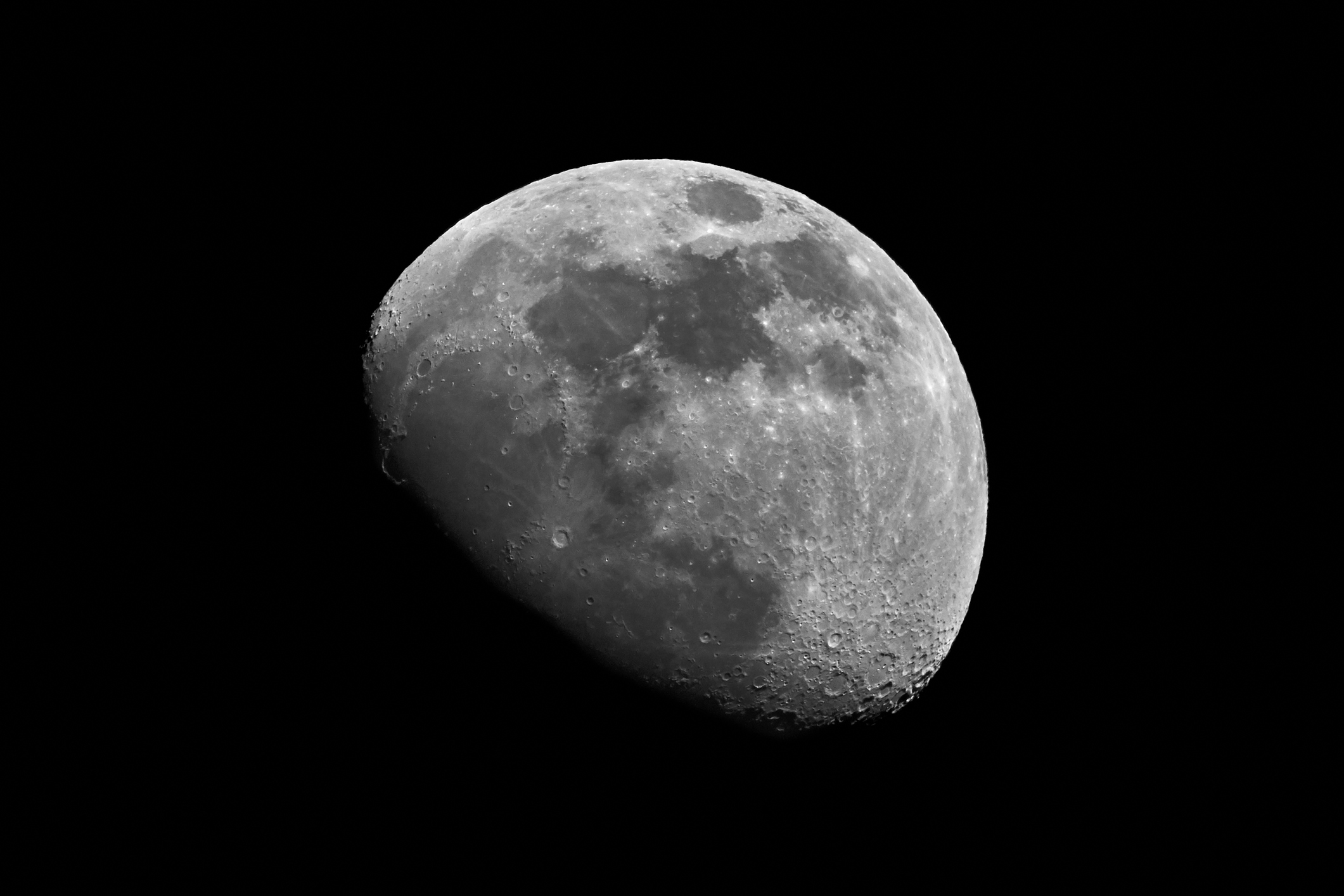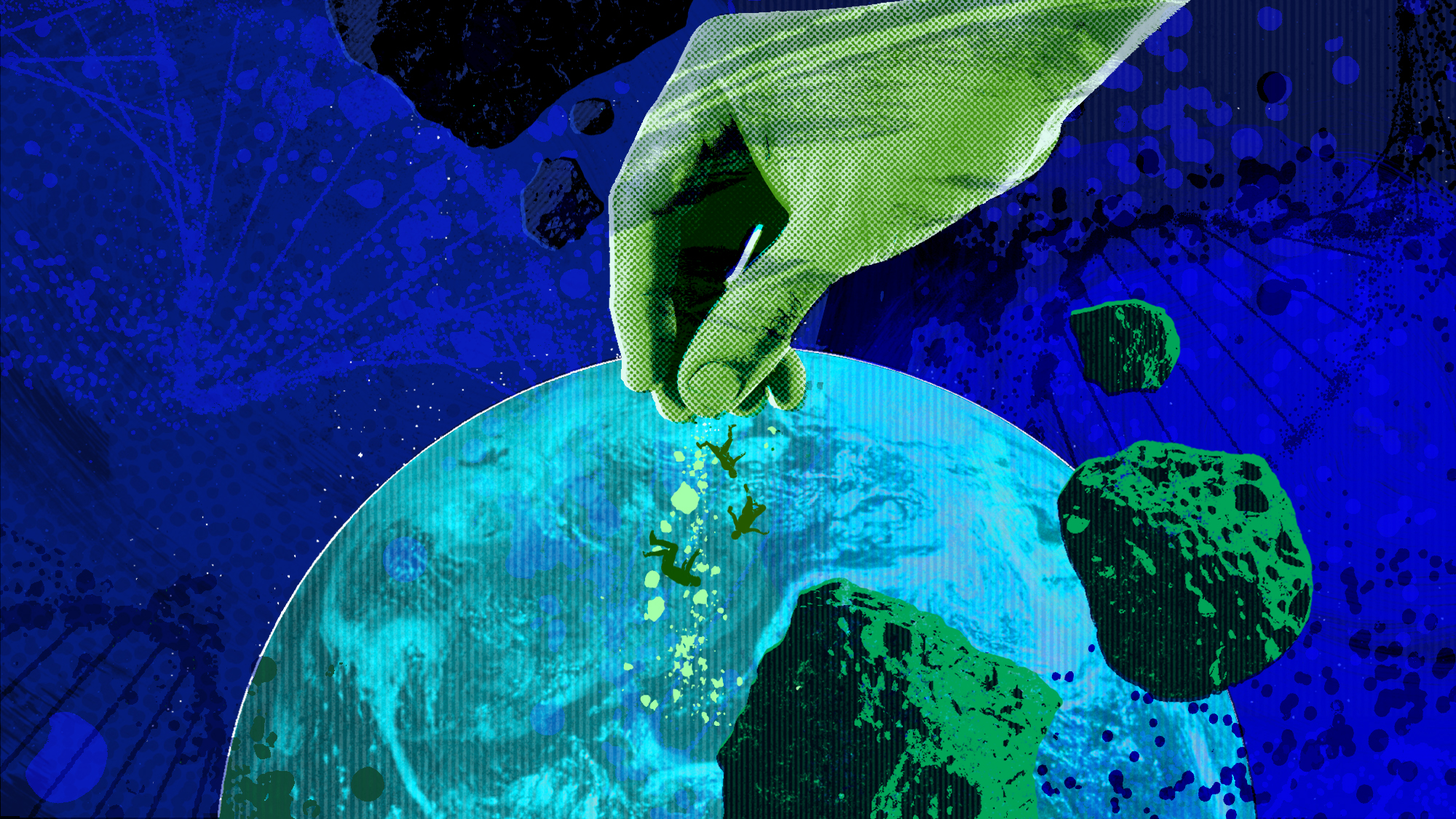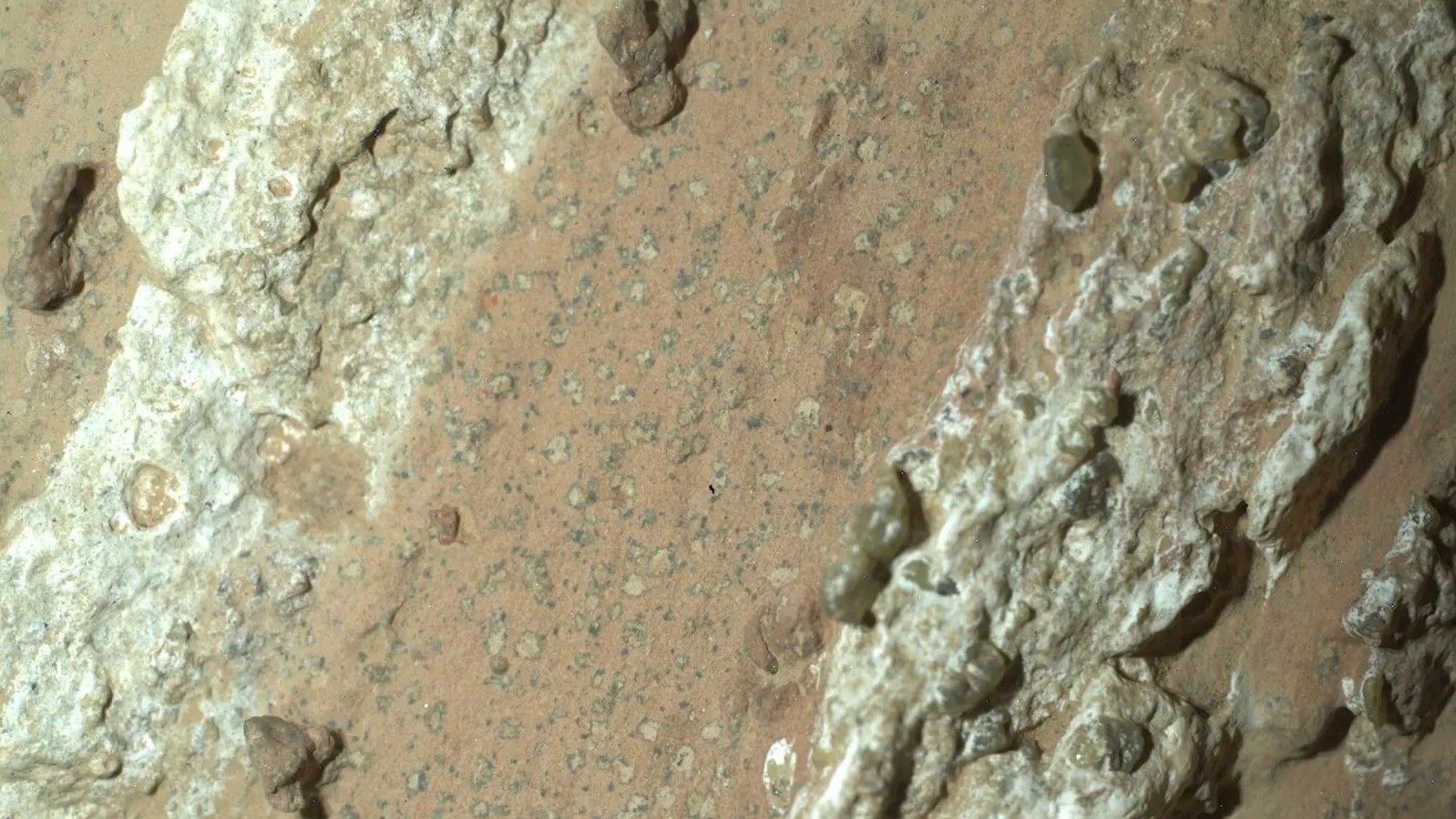Why space experts want to establish a lunar time zone


You've heard of island time ... but get ready for lunar time.
Experts believe the moon may need its own time zone as part of the current rise in celestial expeditions, Axios reports.
"As dozens of missions will be operating on and around the moon and needing to communicate together and fix their positions independently from Earth, this new era will require its own time," the European Space Agency (ESA) said Monday, adding that, until now, each moon mission has "been operated on its own timescale exported from Earth."
The Week
Escape your echo chamber. Get the facts behind the news, plus analysis from multiple perspectives.

Sign up for The Week's Free Newsletters
From our morning news briefing to a weekly Good News Newsletter, get the best of The Week delivered directly to your inbox.
From our morning news briefing to a weekly Good News Newsletter, get the best of The Week delivered directly to your inbox.
The ESA is reportedly collaborating with other space agencies including NASA in a "joint international effort" to determine what a lunar time zone might look like. But such a project could prove rather difficult, seeing as clocks on the moon tick slightly faster than on Earth, reports Axios. "This will be quite a challenge on a planetary surface where in the equatorial region each day is 29.5 days long, including freezing fortnight-long lunar nights, with the whole of Earth just a small blue circle in the dark sky," explained Bernhard Hufenbach, part of ESA's Directorate of Human and Robotic Exploration.
Experts are unsure whether one space agency should set and maintain the lunar time. "The international community will also have to settle on a common 'selenocentric reference frame,'" writes the ESA, referring to the International Terrestrial Reference Frame, which allows for the "consistent measurement of precise distances between points across our planet."
If scientists are able to establish "a working time system for the moon, we can go on to do the same for other planetary destinations," commented Hufenbach.
A free daily email with the biggest news stories of the day – and the best features from TheWeek.com
Devika Rao has worked as a staff writer at The Week since 2022, covering science, the environment, climate and business. She previously worked as a policy associate for a nonprofit organization advocating for environmental action from a business perspective.
-
 Blue Origin launches Mars probes in NASA debut
Blue Origin launches Mars probes in NASA debutSpeed Read The New Glenn rocket is carrying small twin spacecraft toward Mars as part of NASA’s Escapade mission
-
 ‘The Big Crunch’: why science is divided over the future of the universe
‘The Big Crunch’: why science is divided over the future of the universeThe Explainer New study upends the prevailing theory about dark matter and says it is weakening
-
 Dinosaurs were thriving before asteroid, study finds
Dinosaurs were thriving before asteroid, study findsSpeed Read The dinosaurs would not have gone extinct if not for the asteroid
-
 The moon is rusting
The moon is rustingUnder the radar The Earth is likely to blame
-
 Panspermia: the theory that life was sent to Earth by aliens
Panspermia: the theory that life was sent to Earth by aliensUnder The Radar New findings have resurfaced an old, controversial idea
-
 Africa could become the next frontier for space programs
Africa could become the next frontier for space programsThe Explainer China and the US are both working on space applications for Africa
-
 NASA reveals ‘clearest sign of life’ on Mars yet
NASA reveals ‘clearest sign of life’ on Mars yetSpeed Read The evidence came in the form of a rock sample collected on the planet
-
 SpaceX breaks Starship losing streak in 10th test
SpaceX breaks Starship losing streak in 10th testspeed read The Starship rocket's test flight was largely successful, deploying eight dummy satellites during its hour in space


